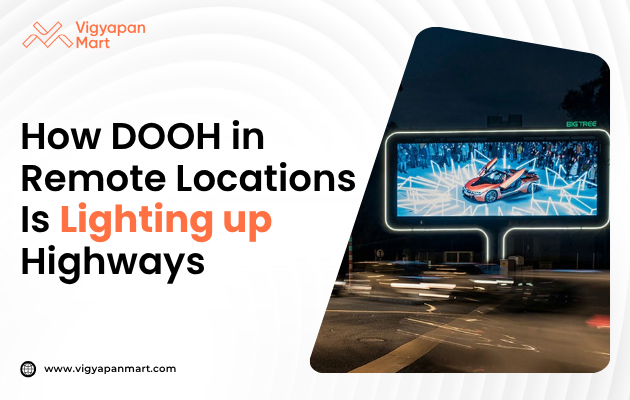Decathlon Go-Outside DOOH Campaign: A Smart Case Study

Decathlon, the global sports retailer, is known for encouraging people to get active and enjoy the outdoors. One of their smartest campaigns is the Go-Outside DOOH (Digital Out-of-Home) Campaign. This blog will explain how Decathlon used clever advertising to inspire people to go outside, especially during a big digital outage, and how this campaign became a great example of smart marketing.
What Was the Decathlon Go-Outside DOOH Campaign?
In July 2024, a global cyber outage caused many digital screens to show the famous "Blue Screen of Death." Decathlon saw this as a chance to encourage people to stop staring at screens and go outside instead. They quickly changed their digital billboards in cities like Montreal and Toronto to show a message: “Outage? Get Outside.” The ads offered 50% off outdoor goods and promoted a screen-free day to enjoy sports and nature.
Why Was This Campaign Smart?
- Fast Reaction: Decathlon’s team launched the campaign within just 3 hours after the outage started.
- Programmatic DOOH: They used programmatic buying technology to update ads in real-time on digital billboards.
- Targeted Locations: The ads appeared in places where many people would see them during their commute home.
- Clear Message: The campaign used simple words and a clear call to action that anyone could understand.
What Is DOOH and Why Is It Important?
DOOH means Digital Out-of-Home advertising. It includes digital billboards, screens in public places, and transit ads. Decathlon’s campaign showed how DOOH can reach a large and relevant audience quickly.
Research showed that DOOH had the greatest impact on brand awareness compared to TV or radio ads in this campaign. Using DOOH, Decathlon could target parents with young children and people in outdoor-friendly locations. The campaign got nearly 1 million impressions in just over 6 hours.
Key Facts About the Campaign’s Success:
- The campaign was created by the ad agency Rethink in Canada.
- It combined creativity with technology to turn a problem (the outage) into an opportunity.
- The message encouraged people to put down their screens and enjoy physical activities.
- Decathlon’s online marketing specialist praised the campaign for showing how programmatic DOOH can help big brands focus on branding and engagement.
What Can We Learn From Decathlon’s Campaign?
- Be Quick: Timing is everything in marketing. Decathlon acted fast to use a current event.
- Use Technology: Programmatic DOOH allows brands to change ads instantly and reach the right people.
- Keep It Simple: The message was easy to understand and very relatable.
- Promote Healthy Habits: Encouraging outdoor activity fits Decathlon’s brand and values.
- Measure Results: The campaign’s success was tracked with real data, proving DOOH’s power.
Why Should Brands Care About DOOH?
- DOOH ads can be updated instantly, unlike traditional billboards.
- They can be targeted by time, location, and audience type.
- This makes campaigns more effective and cost-efficient.
- DOOH helps brands create real-time connections with their audience.
Conclusion
Decathlon’s Go-Outside DOOH Campaign is a smart case study in how to use digital technology and creativity to inspire people. By turning a global digital outage into a fun and motivating message, Decathlon showed the power of quick thinking, smart advertising, and promoting a healthy lifestyle. This campaign proves that with the right tools and ideas, brands can make a big impact in a short time. Decathlon’s message is simple but powerful: When technology fails, nature calls, get outside and play! Want to launch your next billboard advertising with seasoned marketers? Connect with Vigyapan Mart today.


%20for%20Street%20Furniture.png)






